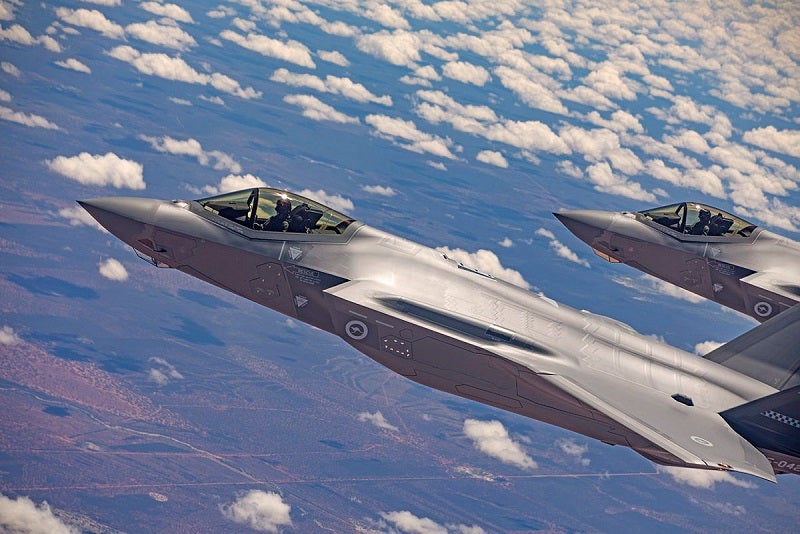Following the release of Australia’s 2024 Integrated Investment Program (IIP) and National Defence Strategy (NDS) on 17 April, Australia’s Ministry of Defence (MOD) highlighted on 22 April the A$28bn-A$33bn ($18bn-$21bn) earmarked for the Royal Australian Air Force (RAAF).
Enhancements include new air-mobility aircraft, and combat aircraft upgrades for Australia’s fighter jets, as well as autonomous platforms and ISR capabilities.
The IIP identifies the investments as enabling Australia to undertake expeditionary air operations and project force into the Indo-Pacific region, Australia’s primary area of military interest. The theatre involves various security challenges, including territorial disputes, military build-up, and the presence of non-state actors.
Australia will mitigate advanced threats and maintain interoperability with partners and allies by investing up to A$12bn in upgrading the fleet of combat aircraft, with a focus on lethality and survivability against threats at extended ranges from all domains.
The F-35A Joint Strike Fighter, Australia’s most advanced air platform, will include incremental advancements in performance as well as the integration of long-range strike munitions. The IIP cites the long-range anti-ship missile as an example of the new capabilities being introduced to increase the platform’s lethality and states that there is also potential for the integration of the Joint Strike Missile.
Between A$5bn and A$7bn will be spent on air-launched strike weapons, including the development of hypersonic missiles.
The MQ-28A Ghost Bat, an autonomous collaborative combat aircraft programme saw further investment in the IIP, with an announcement of between A$4.3bn and A$5.3bn for uncrewed aerial systems (UAS), covering delivery of three Block 2 Ghost Bats and other developmental UAS.
The plans for enhancing Australia’s expeditionary posture include the replacement of the current fleet of 12 Hercules aircraft, with the acquisition of 20 C-130j Hercules medium air mobility aircraft, at a cost of more than A$10bn. Sustainment of the C-17 Globemaster III and KC-30A multi-role tanker transport aircraft will continue, with the airframes supporting rapid personnel deployment under the air mobility assurance program through the 2030s.
Nearly A$4bn will be allocated for air intelligence, surveillance, and reconnaissance, including the sustainment and upgrades of the P-8A Poseidon, the acquisition of a fourth MQ-4C Triton remotely piloted aircraft, and the delivery of an MC-55A Peregrine fleet.









